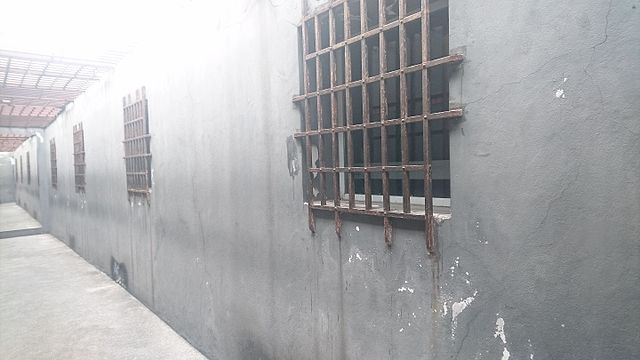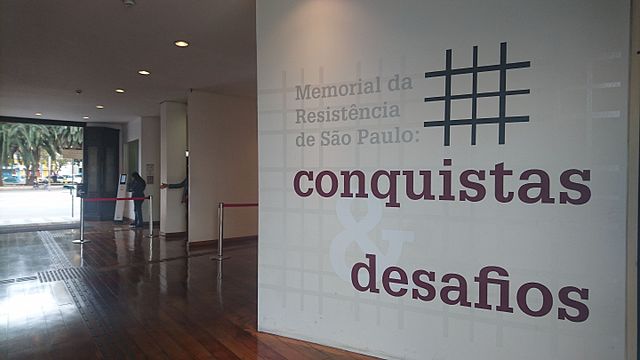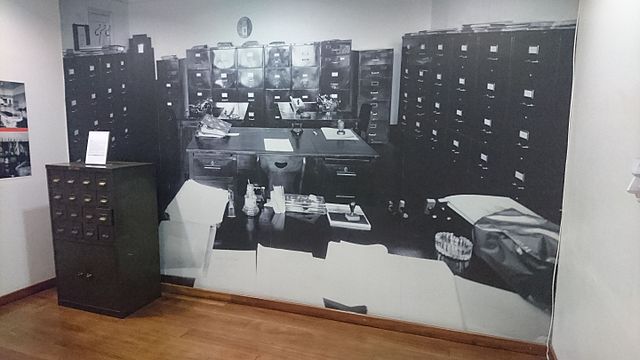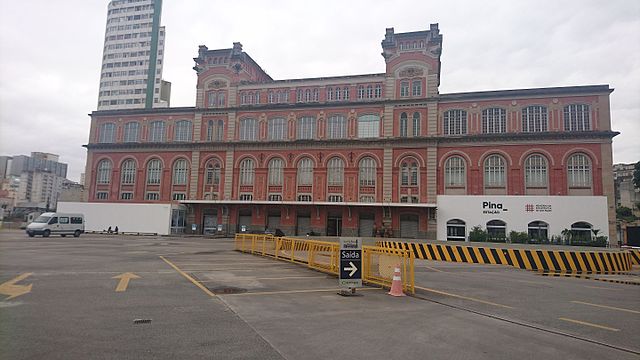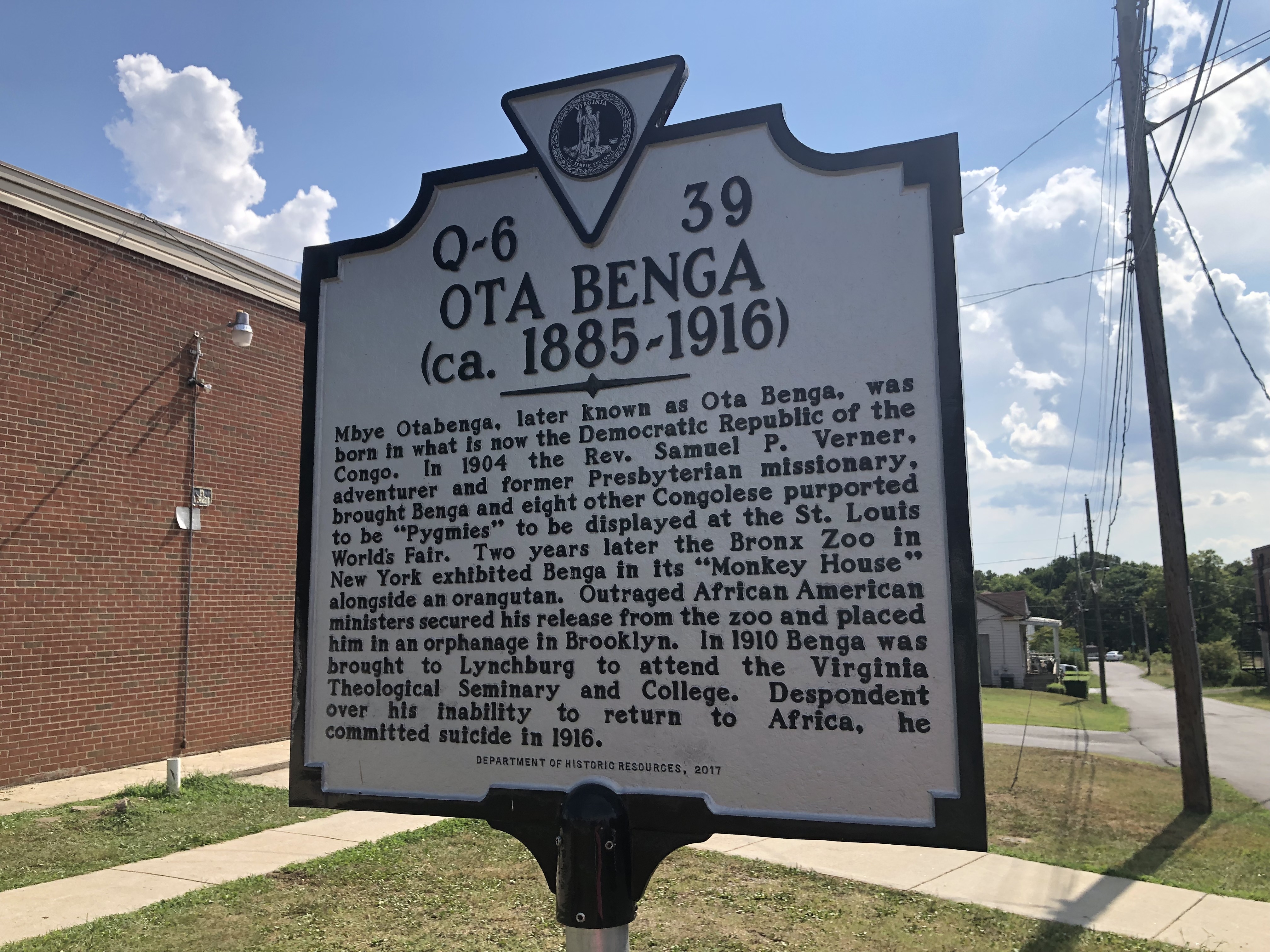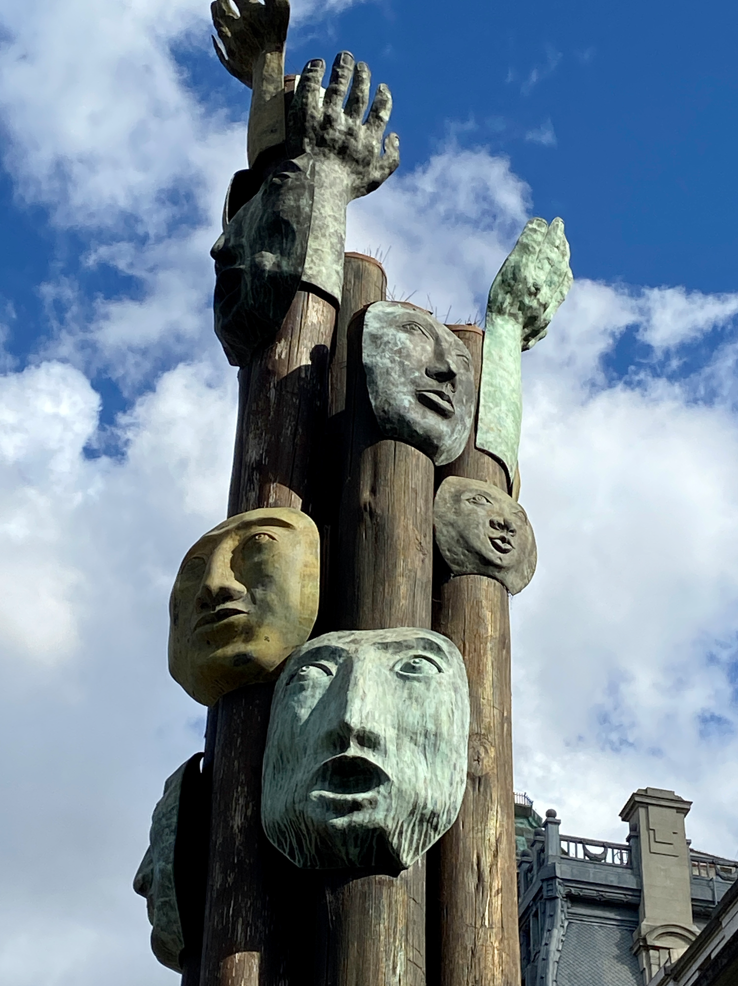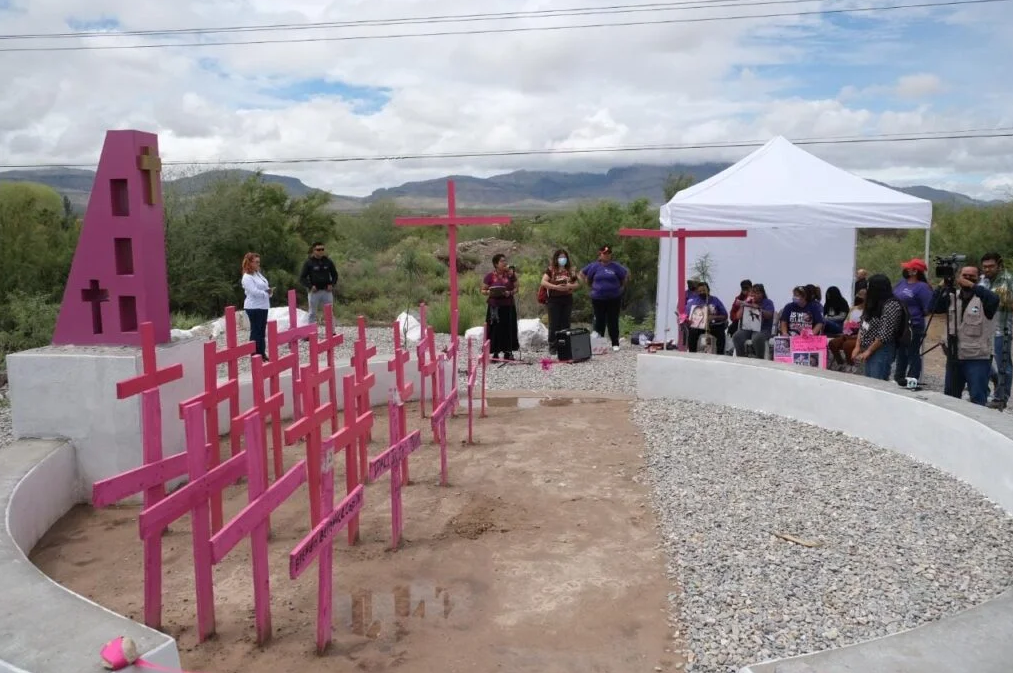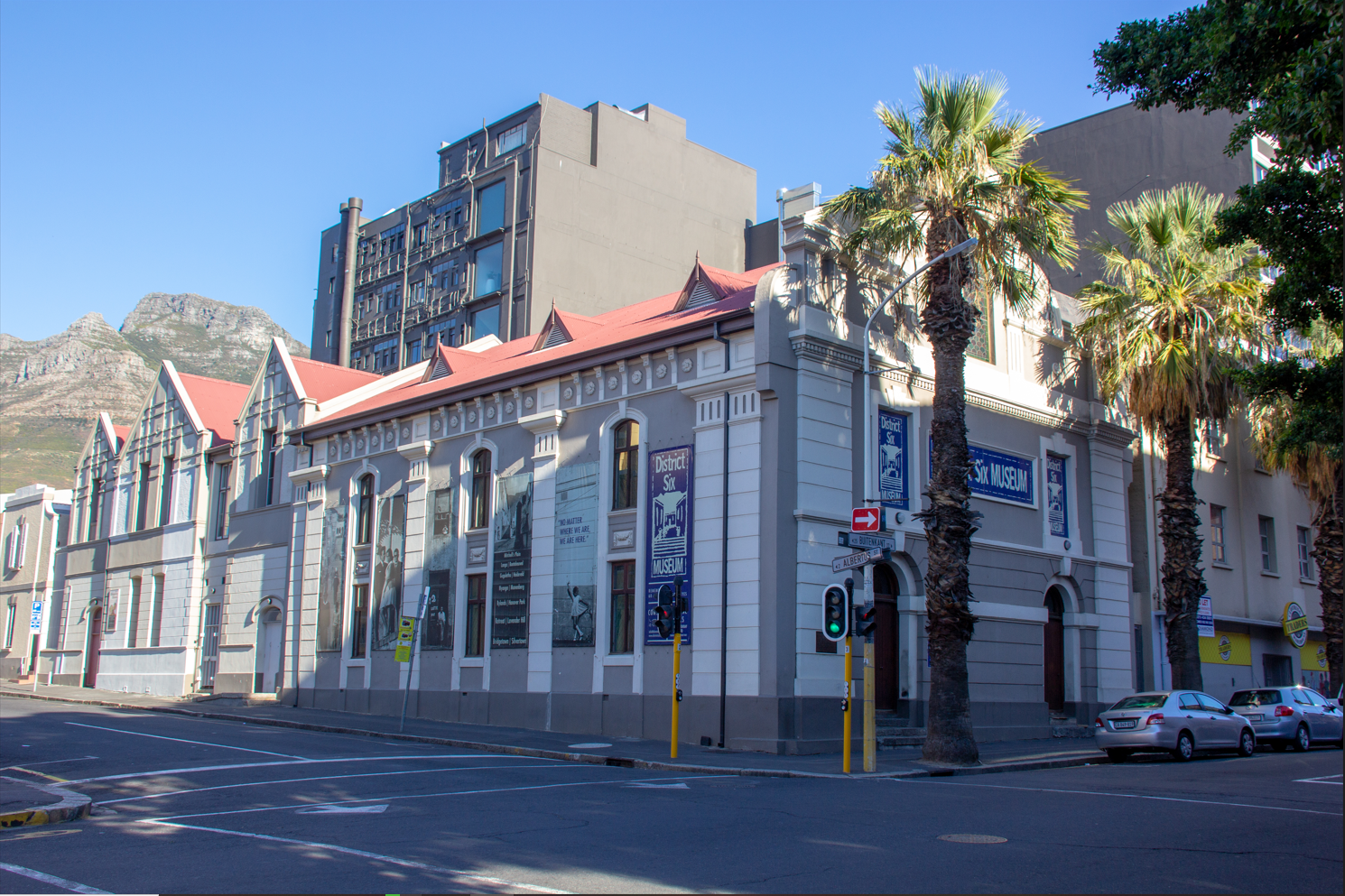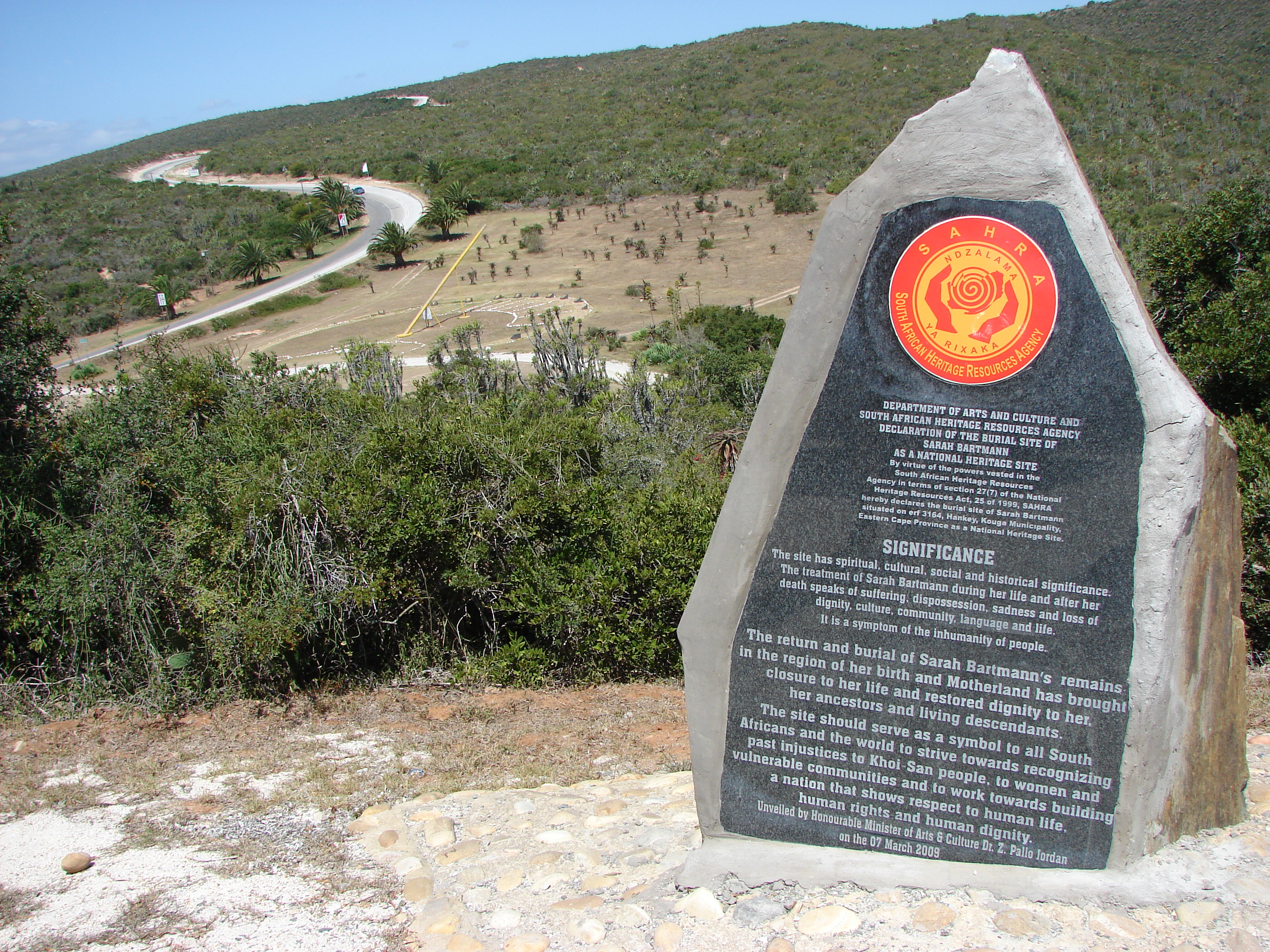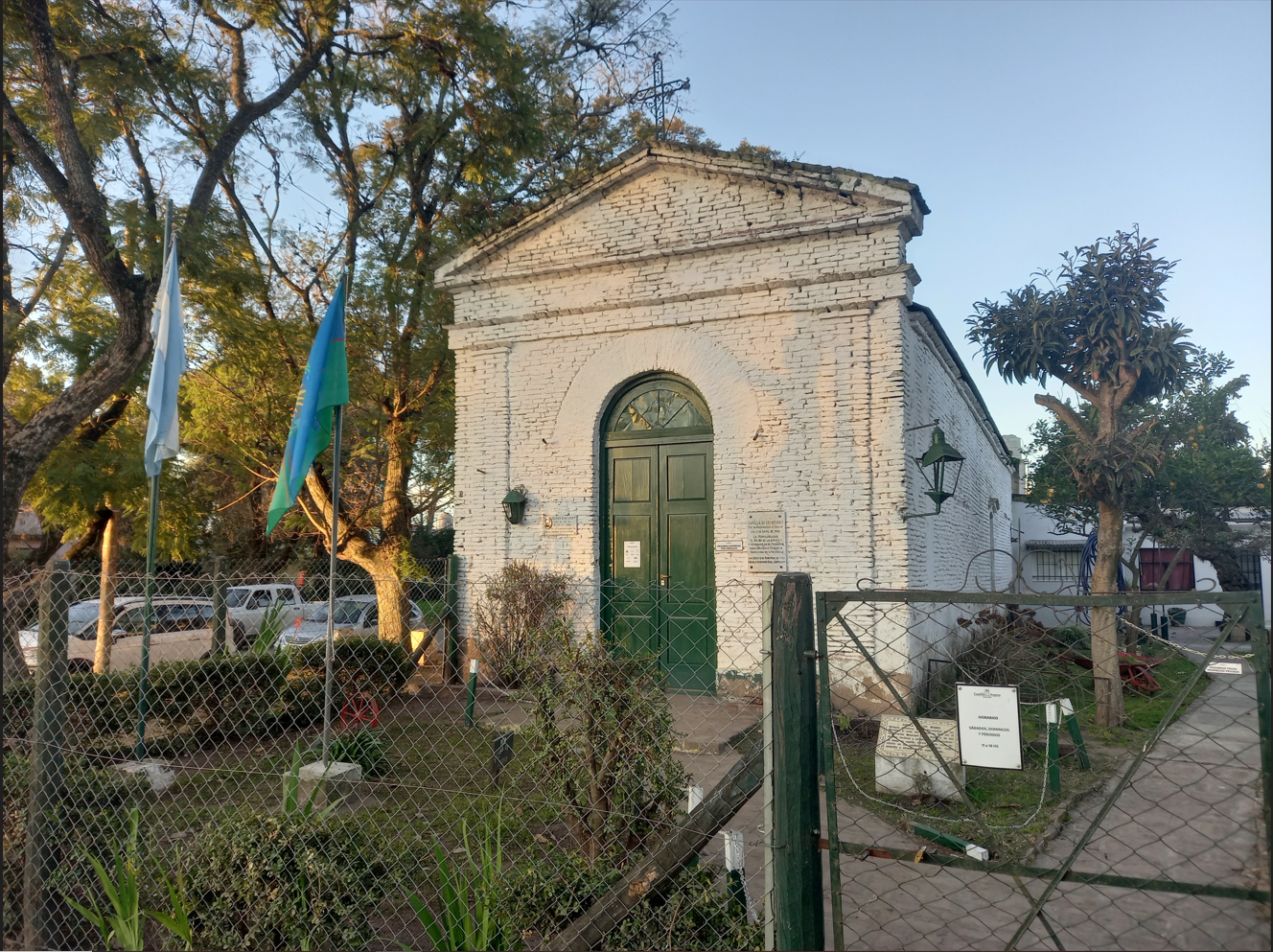Memorial of Resistance
Site
Theme: Political persecution

Address
Largo General Osório, 66
Country
Brazil
City
São Paulo
Continent
America
Theme: Political persecution
Purpose of Memory
To commemorate political resistance and repression in the State of São Paulo.
Institutional Designation
Memorial of Resistance
Date of creation / identification / declaration
2008
Public Access
Free
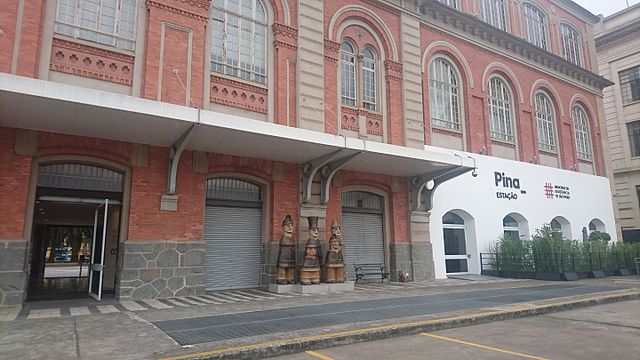
Location description
The Memorial of Resistance is housed at the former building of the State Department of Political and Social Order of São Paulo (DEOPS/SP as per its acronym in Portuguese), in the city of São Paulo. Political prisoners during the Brazilian military dictatorship (1964-1985) were imprisoned there.
In 2009, the building—which for many years was known as the Memorial of Freedom—was converted into a museum to preserve memories of political resistance and repression in Republican Brazil. The museum features a Center of Reference, signposting of places of memory in São Paulo, testimonials, exhibitions, educational visits and cultural activities. Other activities include programs aimed at fostering education on human rights and preserving memory on the anniversary of the coup d’état.
On March 31, 1964, the democratic president Joao Goulart was ousted by a coup d’état that established the military dictatorship led by Humberto de Alencar Castelo Branco. In 1967, the military government enacted a constitution to institutionalize the regime, mandating that presidential elections would be held indirectly through Congress.
During the military dictatorship, the freedoms of speech, press and association and other fundamental rights were restricted, like in other Latin American countries under dictatorship rule. In 2002, the National Commission for Truth found that serious violations to human rights had occurred as part of the National Security Doctrine, and that repression, murder, enforced disappearances and torture had become widespread and systematic practices to control society at large. According to the own figures of the National Commission for Truth, enforced disappearances and murders would amount to 421. The whereabouts of 208 individuals still remain unknown. The National Commission for Truth engaged in documenting detention places in the country, including the State Department of Political and Social Order of São Paulo (DEOPS/SP).
The building that is currently home to the Memorial of Resistance museum was designed by Ramos de Azevedo, and unveiled in 1914. The building served many purposes over the years. It was originally built as the principal place of business of the railway company Estrada de Ferro Sorocabana, which remained there until 1938. Since 1938, the building was remodeled several times to house the police stations of the State Department of Political and Social Order of São Paulo (DEOPS/SP) from 1940 to 1983.
Towards the end of the military dictatorship and during the transition to democracy, an Amnesty Law was passed in 1979 exempting those who committed political crimes, in particular state agents, from criminal liability. The military rule ended on March 15, 1985 with the victory of civilian president José Sarney, who was the last Brazilian president chosen by indirect election.
The memorialization work done on political repression was silenced until 1995, when as a result of the efforts of the relatives of missing detainees, a clandestine grave with 1,049 skeletal remains was found in the municipal cemetery of São Paulo. The social mobilization triggered by the finding was such that a Special Commission on Political Deaths and Disappearances (CEMDP as per its acronym in Portuguese) was created in 1996, tasked with making efforts to find the bodies of those who had been murdered and/or disappeared.
With the creation of the CEMDP, families started to champion actions and initiatives in the search for memory, truth and justice, including the occupation of the building of the former DEOPS/SP. Several groups, such as the Forum of Former Prisoners and Political Refugees, the Commission of Relatives of Political Dead and Disappeared, and representatives of the Government of the State of São Paulo, made a petition to have the building assigned to set up a theater performance named Remembering and Resisting. During the performance, the audience could experience the treatment afforded to political prisoners and the life in common of detainees during the military rule.
Since 1997, the building has been under the purview of the Secretariat of Culture, and was subject to a restoration project which was completed in 2002. The Memorial of Freedom—the first museum institution built in remembrance of political repression—was created upon completion of the restoration project.
In 2004, as part of an initiative from the Pinacoteca do Estado de São Paulo (São Paulo State Art Gallery), the Pinacoteca Station was set up at the building, comprising a center of documents and memory to conduct cultural activities. Since 2006, the Permanent Forum of Former Prisoners and Political Refugees of the State of São Paulo had been actively claiming to the state authorities that a new approach was needed for the memory preservation site. The Memorial of Freedom then started to enhance its cultural and educational activities with a broader offering of memory building programs.
In 2008, the memorial was renamed “Memorial of Resistance.” Since then, it has developed activities aimed at strengthening political memory in Brazil. Its main programs include “Places of Memory” (aimed at expanding the identification and musealization of places of memory of political resistance in São Paulo), “Collection of Testimony” (a record of accounts of former prisoners and detainees at the DEOPS/SP), “Center of Reference” (an academic reservoir aimed at students and the public in general), permanent and temporary exhibitions focused on the repression that took place at the DEOPS/SP, and educational action programs on human rights and memory.

